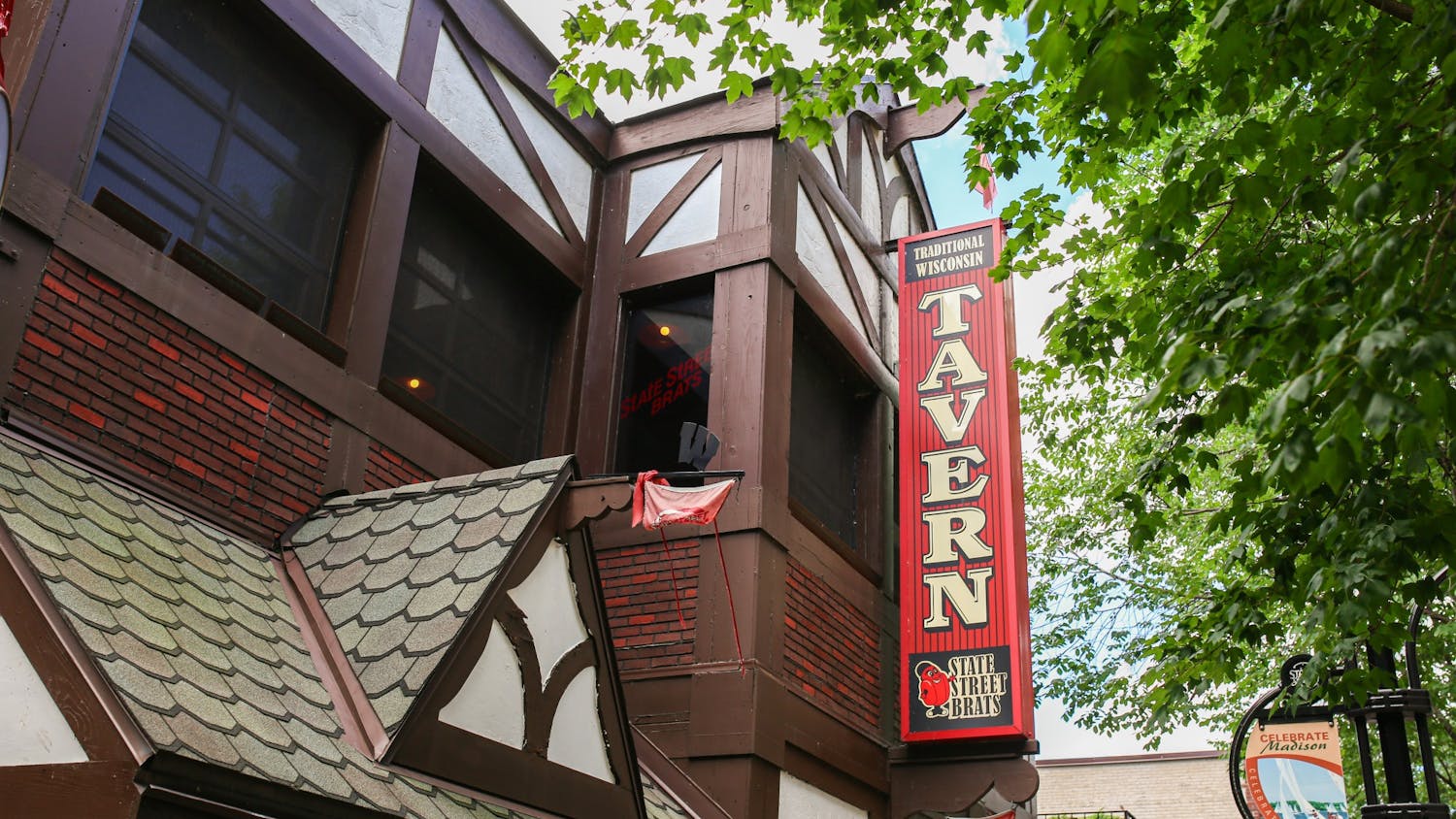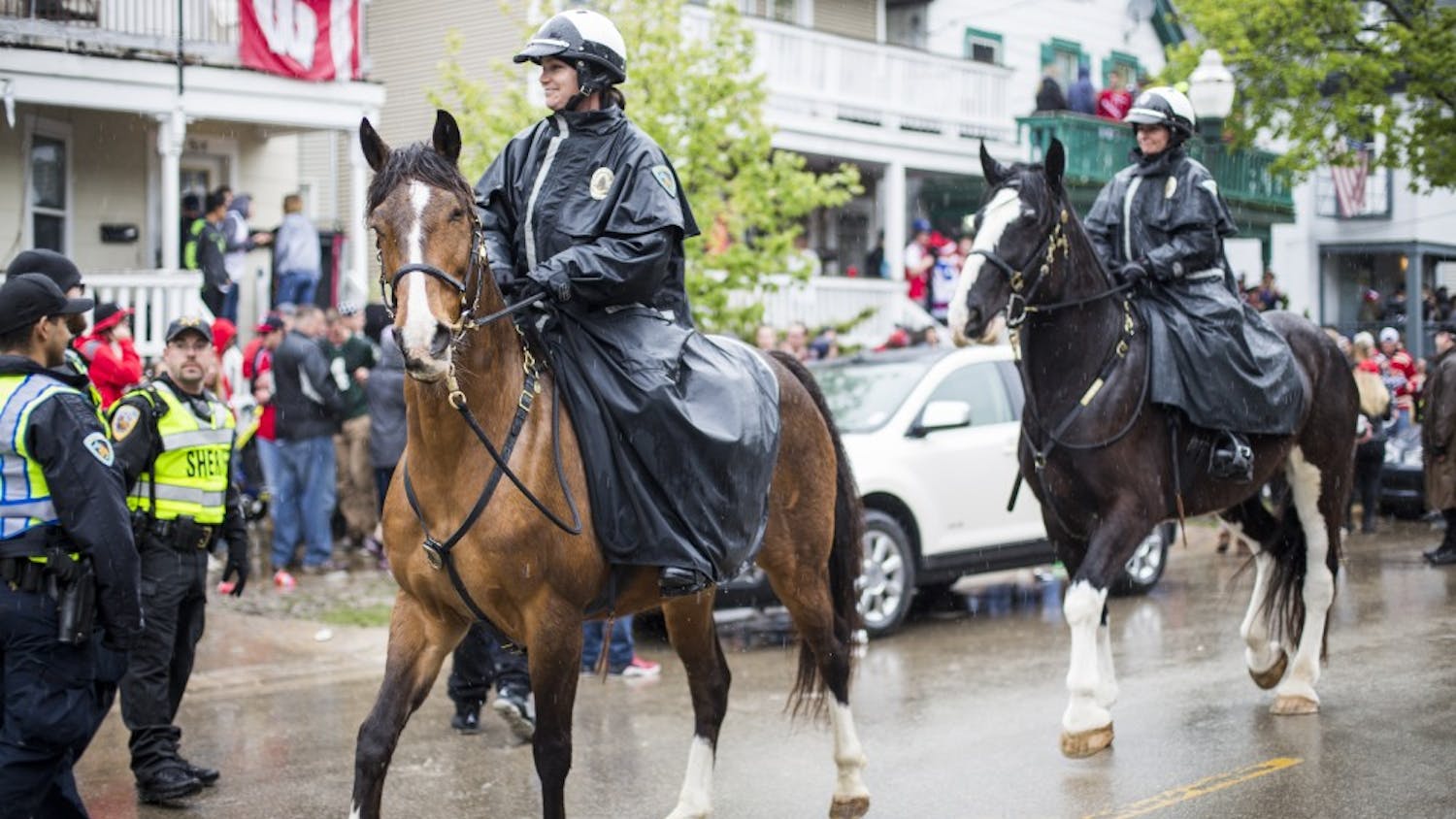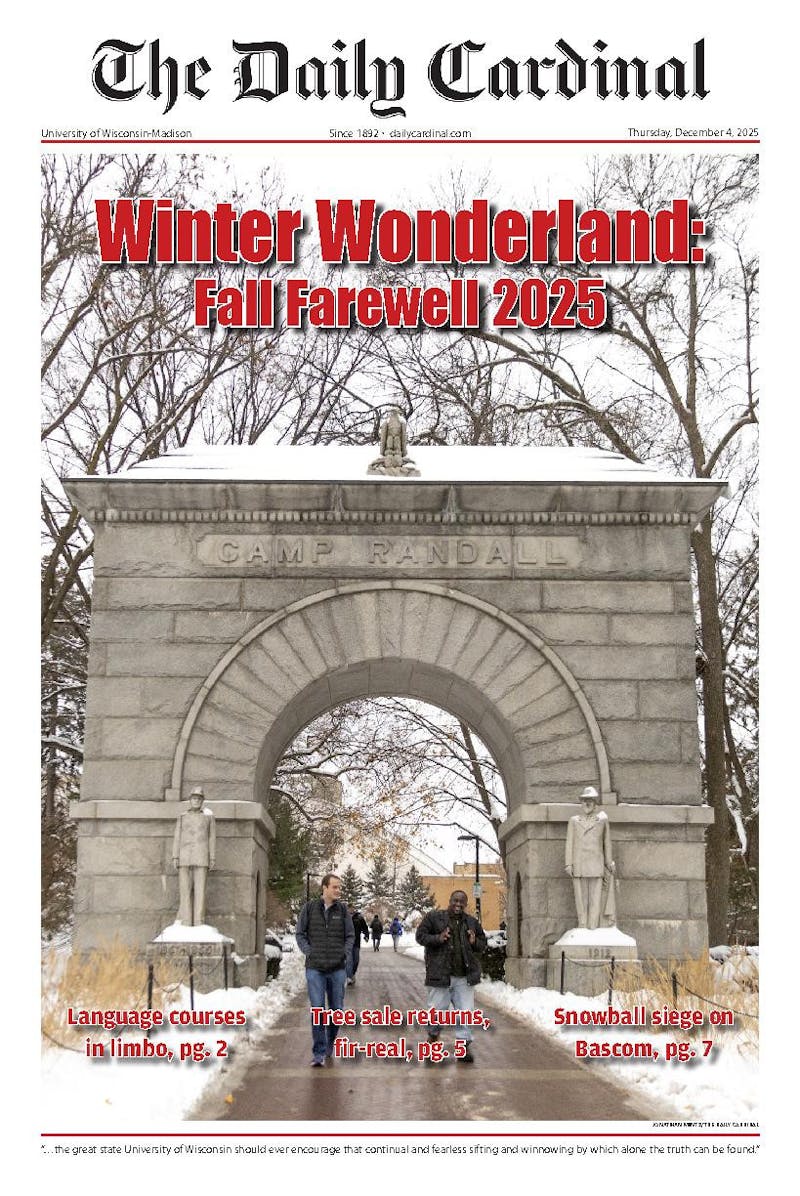Dear Ms. Scientist,
What’s the difference between drinking alcohol and ethanol fuel?
Jake Z.
The short answer is: They’re the same! The alcohol that we drink at bars and parties, wine, beer, whiskey, you name it, is actually made from the exact same ethanol as ethanol fuel. The word “alcohol” is technically an umbrella term for all types of alcohol, including compounds like methanol and ethanol. Ethanol is typically made by yeast. Yeast ferments substances containing sugar or starch and produces ethanol as a product. For example, most beers are made from grains such as wheat or millet, which contain a lot of starch, and ethanol fuel is currently made from corn, which is very starchy and sugary. So, if drinking alcohol and ethanol fuel are made of the same thing, why don’t we see people trying to drink ethanol fuel? The answer to that lies in how pure the ethanol is. Drinking alcohol has a much lower concentration of ethanol than ethanol fuel. Beer is usually made of about five percent ethanol and 95 percent water, while ethanol fuel is almost 100 percent ethanol. Since ethanol is ultimately poisonous in large amounts, consuming pure ethanol would result in fatality. However, since drinking alcohol is comparably dilute, our bodies can metabolize it and allow us to drink it.
Dear Ms. Scientist,
Can you tell me why we have daylight saving time?
Henry C.
Everyone has been there at one point. Cell phones might automatically change, but sometimes alarm clocks do not. Most people are aware of daylight saving (except Arizona, Hawaii and most U.S. territories), and almost everyone has been too early or too late because of this phenomenon. Just to ensure everyone is on the same page, daylight saving time is the process of moving the clock an hour forward in the summer months to relocate daylight from the morning to the evening. Daylight saving time was originally Benjamin Franklin’s conception. He suggested the idea to conserve energy and allow people to more fully enjoy the benefits of daylight. Individuals wouldn’t need to use lamps in the evening if it was light outside for just an hour longer. William Willett, a London builder, lobbied consistently for daylight saving time in the early 1900s. It was officially put in place in 1916 but met with great opposition and confusion. Agricultural interests preferred the daylight in the morning instead. Eventually, the benefits were recognized, and today, approximately 70 countries participate in daylight saving time. Besides Arizona, Hawaii and U.S. territories, Japan, India and China are the only major industrialized countries that do not observe some form of daylight saving. People around the world either appreciate daylight saving for its energy-saving benefits and longer enjoyable summer evenings or disagree with the darker mornings and lost hours of early productivity.





